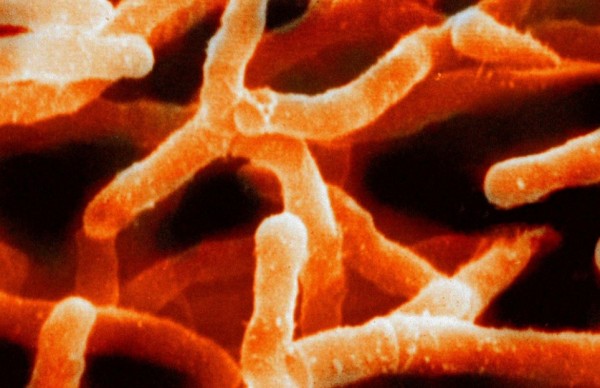By Ana Verayo, | May 04, 2016

It is not uncommon for a gram of soil to contain 1 trillion cells and 10,000 species of bacteria, including Actinomyces israelii.
Scientists are suggesting with that the planet may host to almost 1 trillion living species of organisms, however, only one thousandth of the 1 percent of that 1 trillion species have been identified. This suggests that 99.999 percent of all life forms on Earth are yet to be known and found.
Like Us on Facebook
With this current estimate of the total number of living species on the planet, which is apparently much larger than prior estimates, scientists added to the mix a variety of microbial species such as single celled organisms that includes archaea and bacteria.
According to co-author of the study, Jay T. Lennon from the Department of Biology at the Indiana University in Bloomington, not until this study, tools were not available to to conduct a true estimate of the number of microbial species in the natural world.
In this new study, Indiana University researchers have combined microbial along with plant and animal community datasets from academic archives, government sources and even citizen science sources to produce this estimate.
The findings revealed the most comprehensive and complete, not to mention most massive compilation of its kind, yielding in 5.6 million microscopic organisms and non microscopic ones, that have been derived from 35,000 different locations across the planet, spanning oceans, continents except for Antarctica.
Researchers also utilized the scaling law that can provide more accuracy in predicting species numbers. This can applied for plant and animal communities and even to microbial ones, that makes it more manageable to obtain a realistic total estimate of microbial species on Earth.
According to co-author of the study, Kenneth J. Locey from the Department of Biology at the Indiana University, not until this study, we did not know the aspects entailing the biodiversity scale of the planet, such as the simple abundance of organisms. It turns out that the relationships of organisms with each other are not only simple but also powerful, that produced an estimate of almost 1 trillion species.
Researchers also note that due to the sheer, massive number of these findings, it is impossible to discover and identify each one of the living species on the planet today. According to the Earth Microbiome Project, there are only 10 million species of microscopic organisms that have been recorded, where 10,000 of them were developed under laboratory conditions and less than 100,000 of them include classification sequences.
This new study published in the journal, Proceedings of the National Academy of Sciences.
-
Use of Coronavirus Pandemic Drones Raises Privacy Concerns: Drones Spread Fear, Local Officials Say

-
Coronavirus Hampers The Delivery Of Lockheed Martin F-35 Stealth Fighters For 2020

-
Instagram Speeds Up Plans to Add Account Memorialization Feature Due to COVID-19 Deaths

-
NASA: Perseverance Plans to Bring 'Mars Rock' to Earth in 2031

-
600 Dead And 3,000 In The Hospital as Iranians Believed Drinking High-Concentrations of Alcohol Can Cure The Coronavirus

-
600 Dead And 3,000 In The Hospital as Iranians Believed Drinking High-Concentrations of Alcohol Can Cure The Coronavirus

-
COVID-19: Doctors, Nurses Use Virtual Reality to Learn New Skills in Treating Coronavirus Patients







